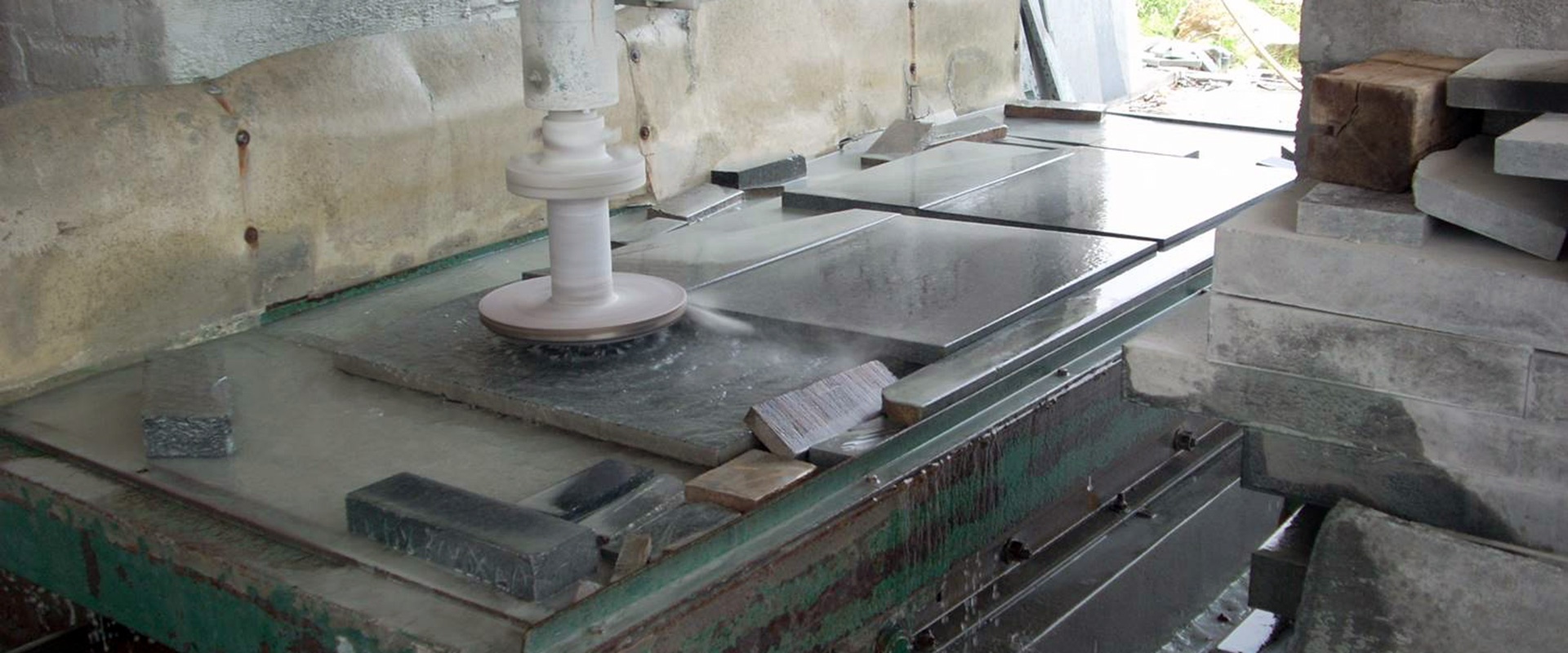Both water and stone are already in use. In Belgium for example the 'brick' heaters used to be pretty common, warm them up overnight (cheap tariff) and slowly discharge the heat during the day. In other countries they are less common.
Main stone types are soapstone or clay tiles
HeatLife™ Cast iron can withstand high temperatures and the cycle of heating and cooling associated with burning wood. A cast iron stove will provide decades of use. The soapstone advantage is clear when compared to other products. Benefits of a long soapstone HeatLife™ Get more out of your...

www.hearthstonestoves.com
More info about this subject:
https://en.wikipedia.org/wiki/Storage_heater
In Belgium they are called 'accumulatiekachels' (you can google that), identical to the Britisch ones
@Crowz was referring to.
Water storage is also available/tested. Here in NL there are 2 'known' companies to have an actual product available:
Solar freezer -> Many houses here in NL have a basement, which isn't really a basement, but just a 50-100cm space below the surface which also runs plumbing and utilities (mainly gas/water).
The Solar freezer is basicly just a massive waterbed.. a bag which contains.. water.
Its not a self-running system, it just is a cheaper alternative to a ground-bound heat pump. Drilling the required holes isn't always possible/affordable/allowed, so this system uses the water as source for a heatpump (Which is more effective than a air-bound heatpump in the winter)
Another commercially available set is the Borg T4. This is similar to the Solar freezer, however its put in the garden with its own insulaton

borg.energy






